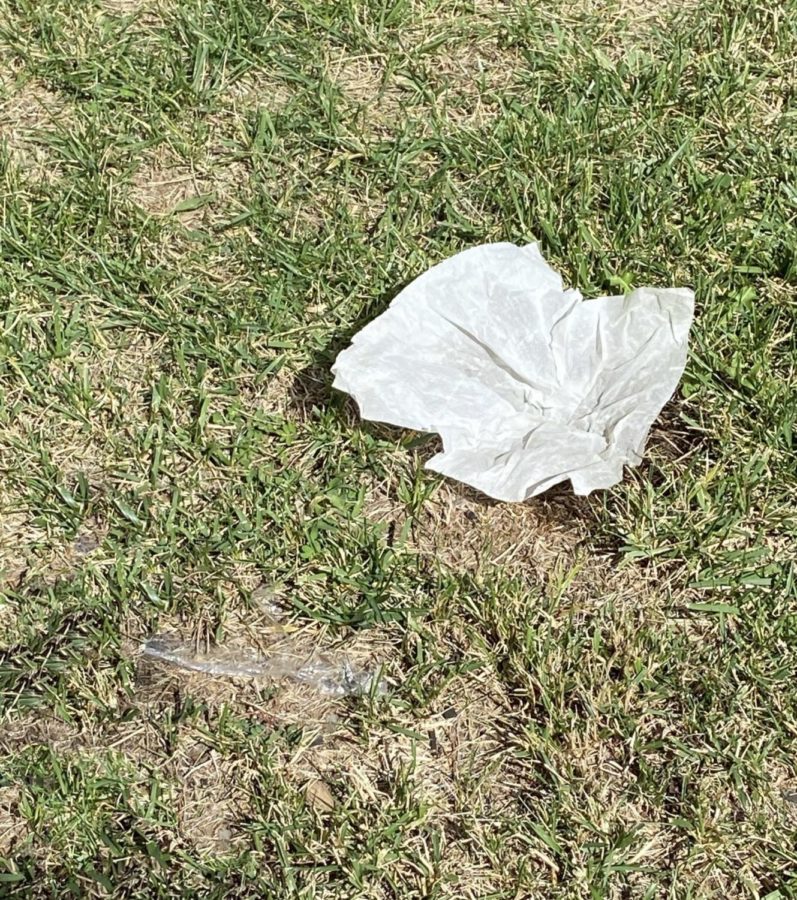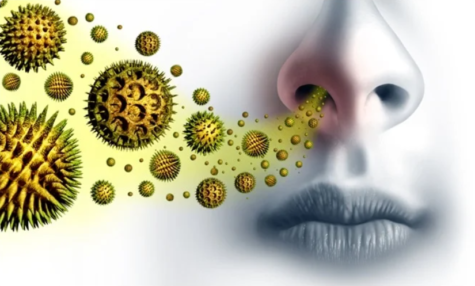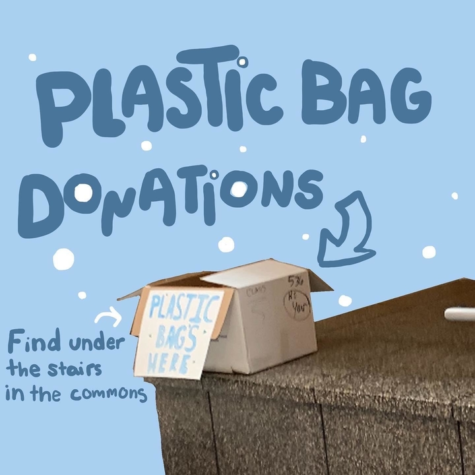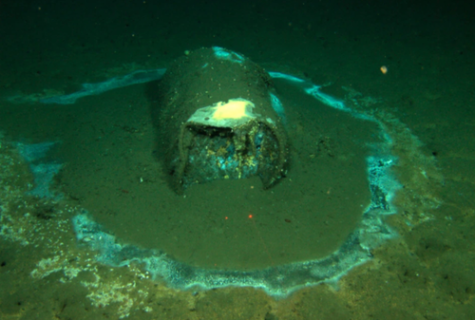Carver & Environmental Apathy
In-person learning, and the last dregs of summer weather generate a mass of students enjoying lunch just outside the Dining Hall, but at what cost?
In-person learning, and the last dregs of summer weather generate a mass of students enjoying lunch just outside the Dining Hall, but at what cost?
Returning juniors and seniors will note the comparatively larger crowds that dot the grass, unseen in previous years. But what does this boom in traffic spell for the surrounding environment? Litter. As the number of students increases, so does the frequency of stepping on a discarded food wrapper. A sandwich bag tumbles through the grass, a plastic fork languishes in the weeds. While garbage causes petty, aesthetic issues, the ecological implications of plastic waste are far greater.
The Chesapeake Bay is the pinnacle of Maryland’s biodiversity, vital for the survival of over 3,600 species of flora and fauna. However, storm water runoff undermines the health of America’s largest estuary. Baltimore County’s storm drains, through one way or another, dump their untreated water into the Bay, be it directly, or via the many tributary rivers and streams. A study conducted by the EPA shows that the contaminants associated with plastics diffuse into storm water by means of deterioration caused by UV radiation, natural mechanical forces, and weathering. This process disrupts Maryland’s aquatic ecosystems and brings native fish, bird, and plant species to their knees. Why such apathy to the environment from a supposedly progressive student body. Was posting an Earth Day infographic on your Instagram story enough work for you?
Environmental club held their first campus cleanup of the year last Tuesday, collecting three bags of trash. The wind carries your plastic bags, wrappers, and utensils off campus and dumps them into bushes, into storm drains, and into the waterways of Maryland. Before you think about leaving your trash outside, pick it up and put it in a trashcan. Please.

Sakura Buker is a Japanese American, Baltimore based writer focusing on environmental and ecological issues both past and present. She volunteers with...





Amanda Amadi-Emina • Oct 13, 2021 at 9:30 am
so true sakura, carver students need to do better in keeping our school and environment clean and safe